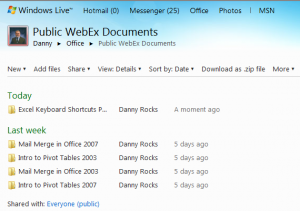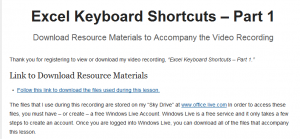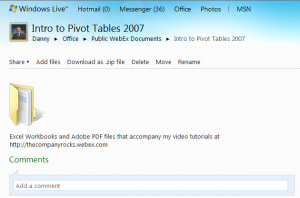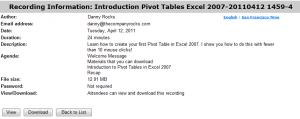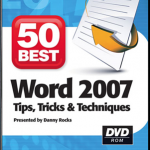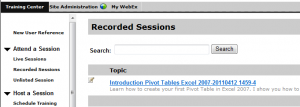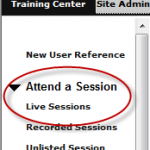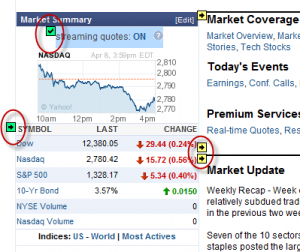When you hear the term “White Space,” think “Breathing Room.” As a nation, we tend to scan a document before making the decision to go back and read it – or delete it!.
When you are able to understand the strategic use of creating “white space” on your PowerPoint Slides, you take the first step towards getting your audience to “pay attention” to what you have to say – to what you have to offer to them!
Use Paragraph Spacing to Make Bullet Points More Effective
In this video tutorial, I demonstrate how to effectively use “paragraph spacing” to make your bullet points more effective during your presentation – by effectively using “white space” between each bullet point.
Do NOT hit the “Enter” key repeatedly to add spacing between bullet points!
Rather, learn how to use the “Paragraph Spacing” dialog box to control the amount of space before and / or after each paragraph.
Each time that you press the ENTER key you create a new paragraph! So, effectively, each Bullet Point is a single paragraph!
Learn how to use this fact strategiclally to create the message that you want to convey to your audience.
Watch – as I create “Before” and “After” slides to illustrate how creating more “white space” between your bullet points makes each point on the slide more effective.
One great Keyboard Shortcut to use as you fine-tune your paragraph spacing is the F4 key which repeats your last action. This is a powerful time-saver!
SmartArt Diagrams
Watch – as I show you how to convert a series of bullet points into a SmartArt Diagram to more effectively communicate your message to your audience. SmartArt Diagrams offer a welcome relief to an endles – or mindless – parade of bullet point ridden slides. You can quickly convert a series of bullet points into a Smart Art Diagram as you will see on this video.
View this Video Tutorial In High Definition Mode
Click on this Link to view my video tutorial in High Definition on my YouTube Channel – DannyRocksPowerpoint
 How to Make Effective Use of White Space on PowerPoint Slides [ 8:00 ] Play Now | Play in Popup | Download (1287)
How to Make Effective Use of White Space on PowerPoint Slides [ 8:00 ] Play Now | Play in Popup | Download (1287)
